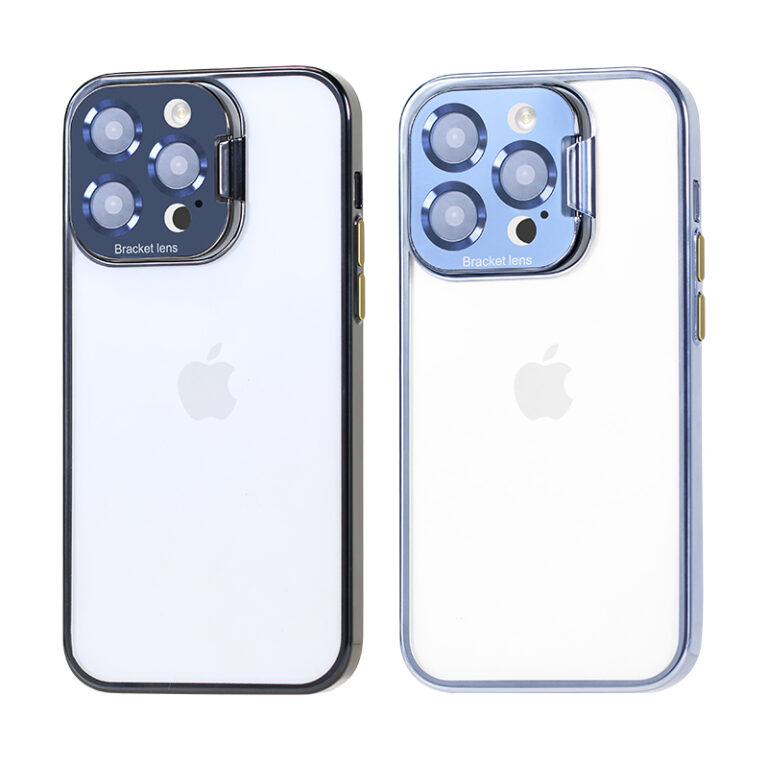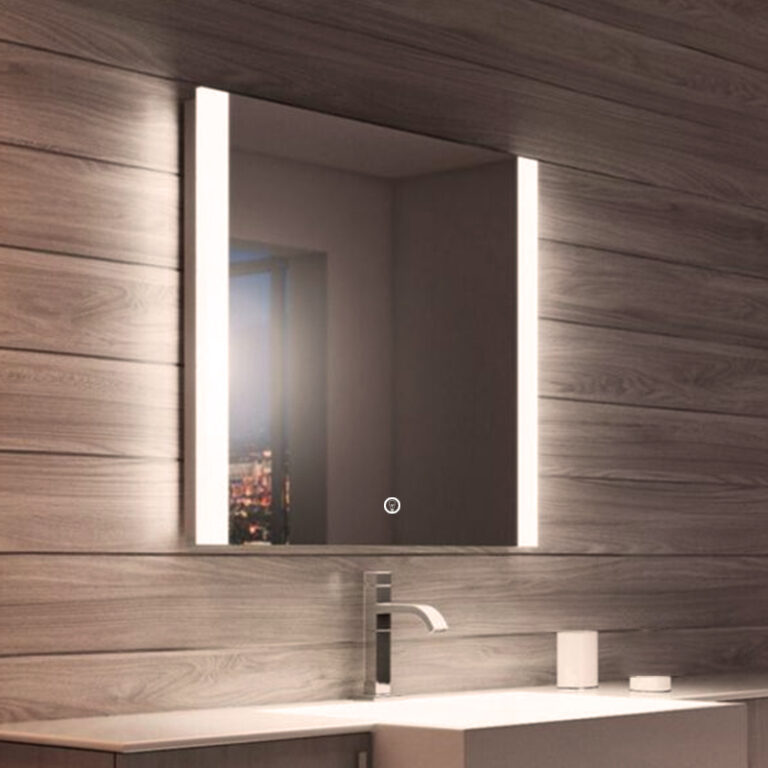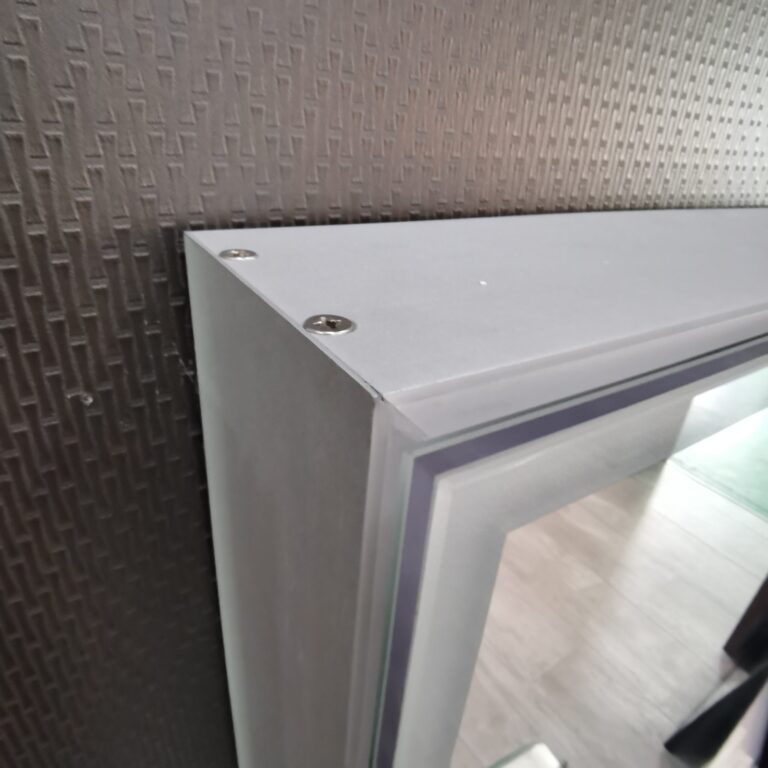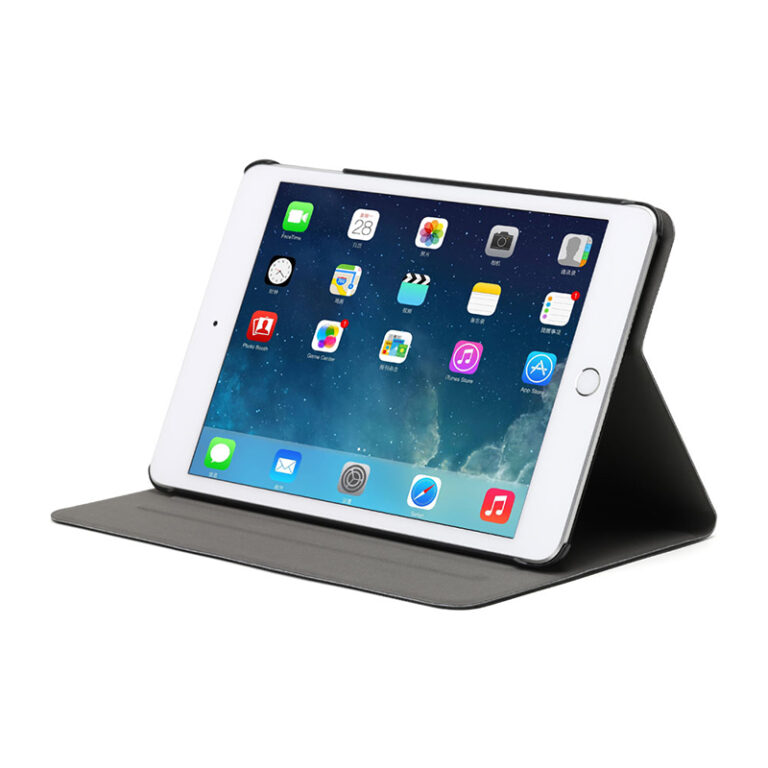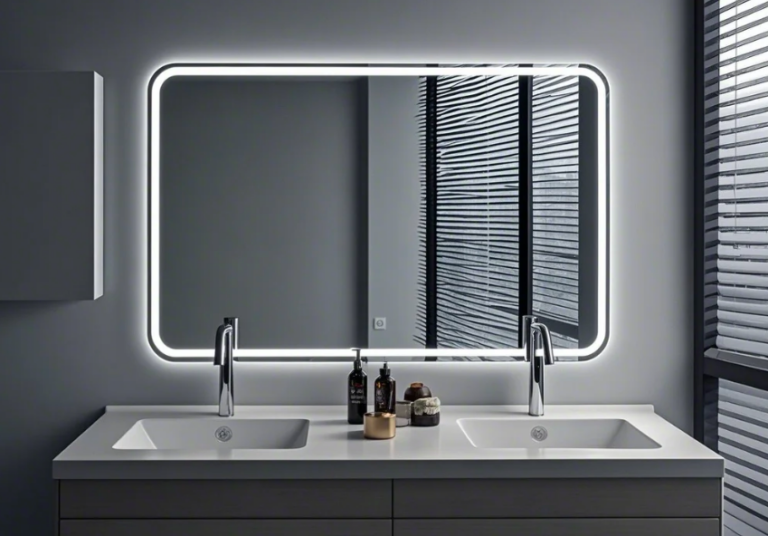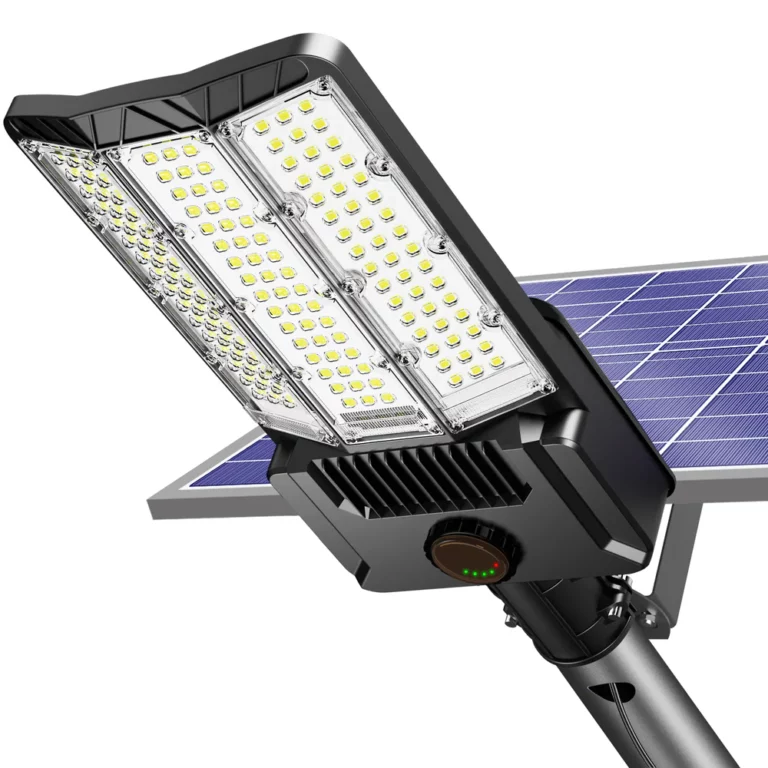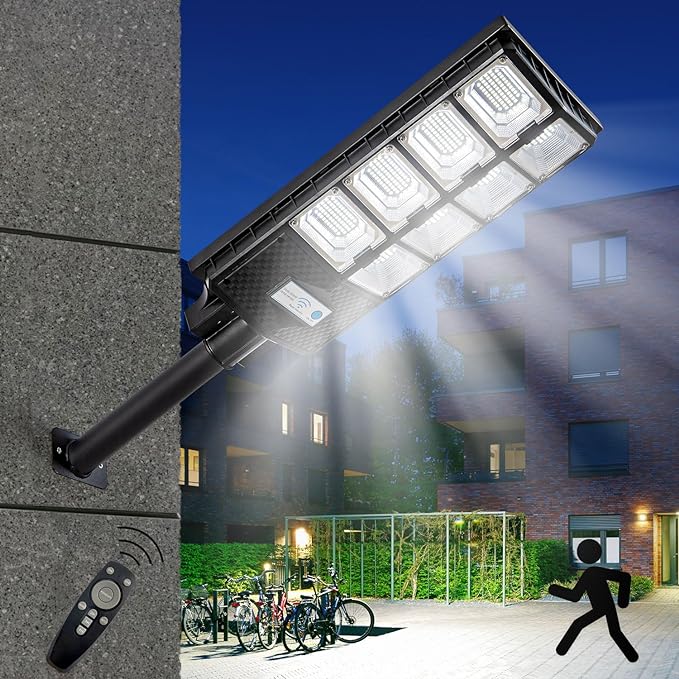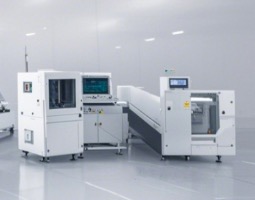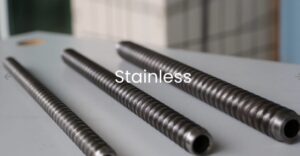Table of Contents
When it comes to safeguarding your tablet, a hybrid case offers the best of both worlds—combining robust protection with sleek design. This article delves into the features, benefits, and considerations of these protective covers, helping you understand why they are becoming a top choice for tech-savvy users.
What Makes Hybrid Cases Unique?
These cases are designed to merge the strengths of multiple materials into a single, cohesive product. Typically, they feature a hard outer shell made from materials like polycarbonate or TPU (thermoplastic polyurethane) paired with a softer inner layer, such as silicone or microfiber. This combination ensures superior shock absorption while maintaining a slim profile.
The hard exterior provides resistance against scratches, drops, and impacts, while the soft interior cushions the device and prevents scratches from the case itself. This dual-layer construction makes them particularly appealing to users who need reliable protection without adding unnecessary bulk.
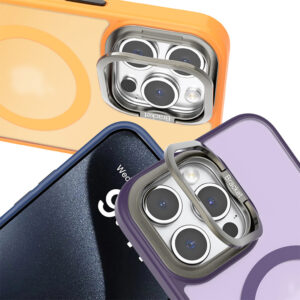
The Advantages of Hybrid Cases
- Enhanced Durability: The layered design ensures your tablet is protected from both minor scratches and significant impacts. Ideal for users who frequently travel or work in dynamic environments.
- Sleek Aesthetics: Unlike bulky protective cases, these options maintain a slim and stylish appearance. Many models come in a variety of colors and finishes, allowing for personalization.
- Improved Grip: The softer materials often provide a better grip, reducing the likelihood of accidental drops—especially beneficial for larger tablets.
- Versatility: These cases often include additional features like kickstands, magnetic closures, or compatibility with accessories such as styluses or keyboards.
Material Innovations
The materials used are constantly evolving to meet user demands. Some manufacturers incorporate antimicrobial coatings to reduce bacteria growth, a feature particularly useful for shared devices. Others use self-healing polymers that repair minor scratches over time, ensuring the case remains visually appealing.
Eco-friendly options made from recycled plastics or biodegradable materials offer a sustainable alternative without compromising on protection. These innovations reflect the industry’s commitment to combining functionality with environmental responsibility.
Design Features to Look For
When choosing a hybrid case, consider these design elements:
- Kickstands: Built-in kickstands can transform your tablet into a hands-free viewing or typing device, ideal for entertainment or productivity.
- Magnetic Closures: These provide added security and often activate sleep/wake functions, conserving battery life.
- Precision Cutouts: Ensure all ports, buttons, and cameras are easily accessible without removing the case.
- Modularity: Some cases allow for additional components, such as detachable keyboards or extra storage pockets.
Who Should Use a Hybrid Case?
These cases are particularly well-suited for:
- Professionals: Those who use their tablets for work will appreciate the balance of protection and professionalism.
- Students: Durability and versatility make them ideal for the rigors of campus life.
- Frequent Travelers: The lightweight yet robust design ensures your device stays safe on the go.
The Future of Hybrid Cases
As technology advances, these cases are likely to incorporate even more innovative features. For example, thermoreactive materials could improve grip in cold weather or enhance breathability in heat. Integration with smart technology, such as LED indicators for notifications, could add new functionality.
Final Thoughts
A hybrid case is more than just an accessory—it’s a practical solution combining style, durability, and functionality. By understanding the materials, design features, and innovations behind these products, you can make an informed choice that meets your needs. Whether you’re a professional, student, or casual user, a hybrid case offers the perfect blend of protection and elegance for your tablet.
0


